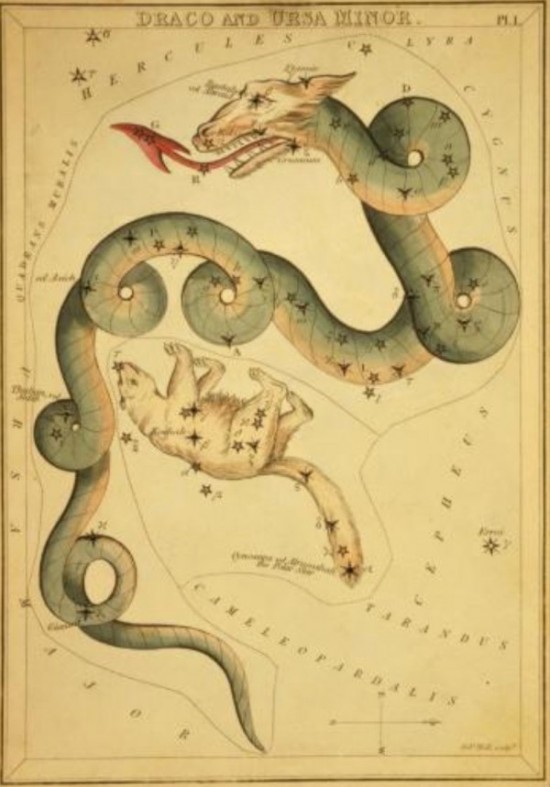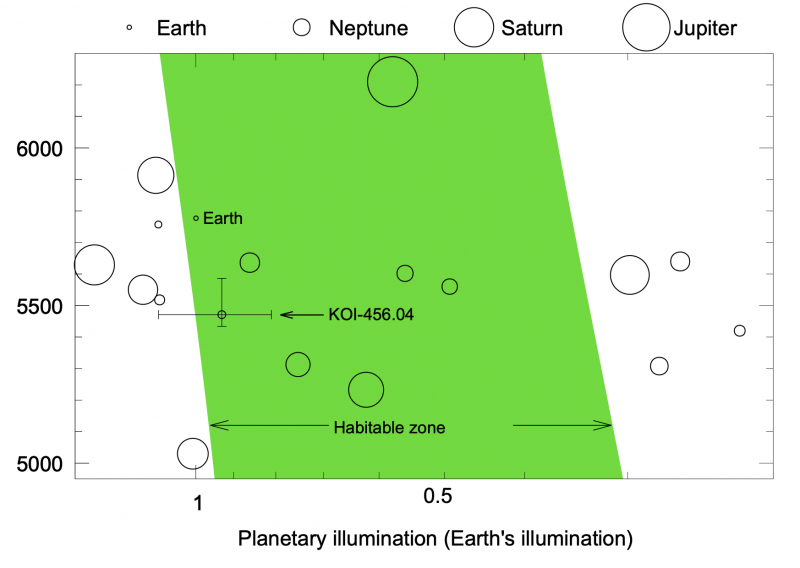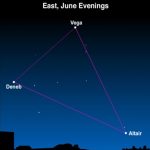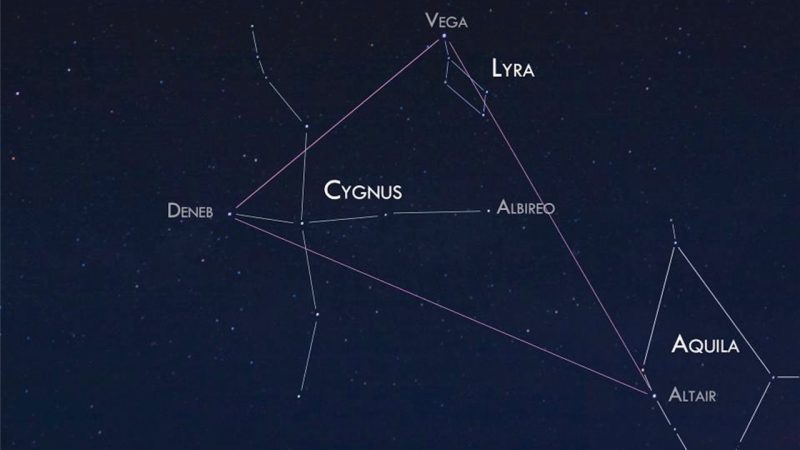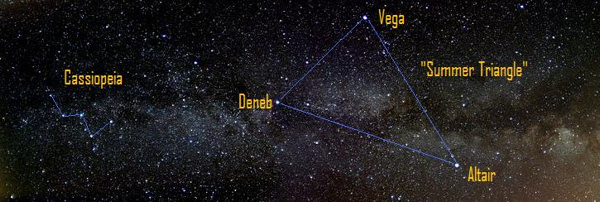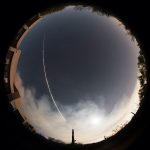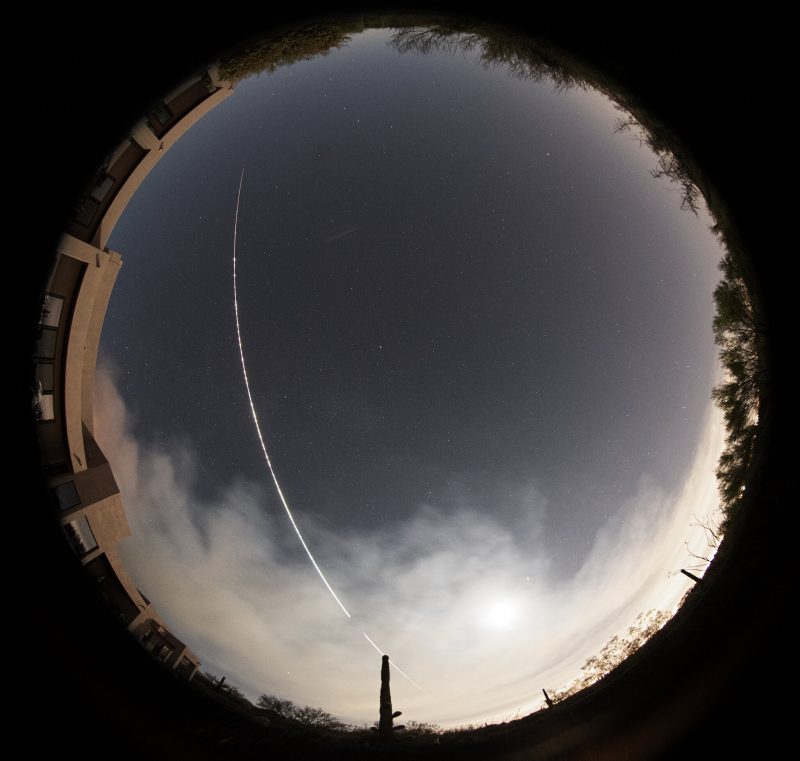
When the country went into lockdown in March, hospital trusts began to make difficult decisions as to which clinical trials they could safely keep open, and which had to close.
One key consideration was how to protect trial participants, as many cancer medicines – including experimental therapies – can compromise the immune system, putting people at an increased risk of severe effects should they develop COVID-19. Balancing these risks against the risks of cancer has been a huge challenge.
Anne Croudass, lead research nurse at Cancer Research UK, manages a team of 15 senior research nurses across the country, who support their colleagues to look after people with cancer on clinical trials and carry out clinical research in hospitals.
And although a lot of what her team does has been affected, with many trials either put on hold, not able to recruit patients or, in the case of new trials, not being able to start, some of their work has been able to continue in the face of the pandemic.
Prioritising safety
“After the lockdown, some hospital trusts decided to go to the extreme of suspending all trials and all recruitment, including taking patients off trial entirely,” says Croudass. Others have taken a moderate approach, “keeping some studies open and keeping people on treatment”.
Croudass says a key concern was how to keep people on vital treatments through clinical trials, and how to do it safely. A particular issue was advanced treatments like CAR T cell therapies, which involve modifying a patient’s own immune system, so it targets their cancer.
“Early on, CAR T cell therapies and advanced therapeutics had to be stopped, because these treatments require there to be an intensive therapy unit (ITU) bed on standby, as patients can get very sick, and these treatments were too risky to carry out,” she says.
“ITU beds and staff were hard to come by, with many trusts redeploying staff to frontline COVID-19 care.”
These decisions – made with patient safety front of mind – led to difficult and often heart-breaking conversations for Croudass’ team with their patients on trials.
“Delivering bad news is always hard, but lockdown meant telling patients over the phone or sat 2 metres away they could no longer start on a clinical trial, you couldn’t even offer them a tissue or a hug.”
But despite the chaos of COVID-19, every effort has been made to ensure that people with cancer have options. “Many hospitals found ways to move research facilities off site, or found COVID-19 protected hospitals, known as green sites, to treat cancer patients.”
Croudass says that although recruitment to many late-stage (phase 3) clinical trials has been paused, many patients in the middle of treatment were able to see it through , by having video consultations and remote collection of trial data. And in cases where trial treatments have had to stop, people have been switched onto the current standard of care where possible.
But some of the most intense effort has been made for early-stage trials, which look at experimental treatments for patients who often have no other options aside from palliative care.
Keeping patients on early stage trials
Cancer Research UK’s Centre for Drug Development (CDD) is the world’s only charity-funded drug development facility, operating like a biotech company embedded within the organisation. It funds, sponsors and manages its own portfolio of around 20 early-phase (phase 1), clinical trials, 6 of which were operational when the coronavirus outbreak began in the UK.
When the lockdown started, everyone on a CDD trial was classed as ‘extremely vulnerable’ by the COVID-19 Government guidance and required to self-isolate for 12 weeks – posing problems for their continued participation.
Stephen Nabarro, Head of Clinical Operations and Data Management says that as soon as the Government guidance was issued, they knew they had to think radically about how to keep patients on treatments.
“Early-phase trials are very intensive and ask a lot of patients: for example, they usually need to go to clinic regularly for bloods tests and scans.”
Nabarro said the team had to come up with ideas that were home-based, with patients only coming into hospital when absolutely necessary. They worked closely with hospital staff to keep all their active trials open and ensure that all patients could safely stay on trial.
“We did everything in our power to make sure all patients could continue to receive their treatment, and we’re very proud the Centre for Drug Development managed to achieve this for the trials it runs,” says Nabarro.
Adapting protocols
Ann from Lincolnshire was taking part in a clinical trial run by the CDD in Newcastle. She had no treatment options left when she was offered the chance to participate in an early-stage trial.
“I was accepted onto the trial and it was amazing – previously I’d had no hope.”
Normally Ann would have to travel to Newcastle for blood tests, blood pressure checks and scans, and she would be given medication to take home.
“The last time I went up, the COVID-19 situation was starting to kick off and they said there might be changes to the system. They arranged for me to have my tests done at my local GP – they were given a list of what to cover by the team at Newcastle University, and they sent me my next batch of medication.”
From replacing clinic visits with phone calls, to couriering the drug from the hospital pharmacy to patient’s homes directly, the CDD have ensured all patients on this trial will keep receiving their treatment. And even though the pandemic has forced the University of Strathclyde – where the Cancer Research UK Formulation Unit that stores the drug is based – to close, the team found a way to label and send enough medication to last patients until August.
Ann says it’s difficult not being able to see the team in Newcastle, but they are in touch regularly. “COVID-19 is causing such disruption, but they are doing everything they can to make me feel looked after. I have never felt like I am just a number – the staff at the Bobby Robson Cancer Research Centre are always fully committed to my wellbeing. They are amazing.”
Shifting heaven and earth
Alongside this work to keep patients on clinical trials, the team have also been working to reopen trials, including Ann’s. “We’re pleased to say this clinical trial is open once again to recruitment,” says Nabarro. And we hope to follow by opening some of the other clinical trials that we run once we can ensure the safety of patients.”
It’s clear that the impact of COVID-19 on cancer trials will be felt for many years to come. Data collection has been affected, which means that clinical trials that have been paused will take a while to get back on their feet. There also may be some trials that it’s no longer feasible to continue, for example where standard treatment used in the control arm has changed.
But through the uncertainty, and whatever the impact of the pandemic on our income, and ability to fund new trials in the immediate future, Cancer Research UK will keep striving to continue current trials and ensure the impact of COVID-19 on their findings is minimised wherever possible. There may even be positives to emerge, says Nabarro .
“It is important that we find a positive legacy from this difficult time,” says Nabarro. “And one that will come, or we’re certainly hoping will, is a shift in our trials becoming more patient-centric. So much of what we do has historically been focussed around the idea that patients must go into the clinic regularly .”
Changes could include reducing the number of hospital visits during trials by minimising the number of tests a patient needs to undergo, implementing virtual visits where patients take their own measurements such as temperature and more efficient scheduling of hospital visits where required.
Croudass agrees. “The pandemic has understandably caused a lot of worry and anxiety for patients. But we’re shifting heaven and earth to keep as many patients on trial as possible.
“And what we’ve learned from this is, in a time of crisis, a lot of bureaucracy and red tape can be moved aside – perhaps offering hope of how we could work more efficiently in the future and hopefully get new cancer treatments to patients quicker.”
Angharad Kolator Baldwin is a science media officer at Cancer Research UK
from Cancer Research UK – Science blog https://ift.tt/3d3I156

When the country went into lockdown in March, hospital trusts began to make difficult decisions as to which clinical trials they could safely keep open, and which had to close.
One key consideration was how to protect trial participants, as many cancer medicines – including experimental therapies – can compromise the immune system, putting people at an increased risk of severe effects should they develop COVID-19. Balancing these risks against the risks of cancer has been a huge challenge.
Anne Croudass, lead research nurse at Cancer Research UK, manages a team of 15 senior research nurses across the country, who support their colleagues to look after people with cancer on clinical trials and carry out clinical research in hospitals.
And although a lot of what her team does has been affected, with many trials either put on hold, not able to recruit patients or, in the case of new trials, not being able to start, some of their work has been able to continue in the face of the pandemic.
Prioritising safety
“After the lockdown, some hospital trusts decided to go to the extreme of suspending all trials and all recruitment, including taking patients off trial entirely,” says Croudass. Others have taken a moderate approach, “keeping some studies open and keeping people on treatment”.
Croudass says a key concern was how to keep people on vital treatments through clinical trials, and how to do it safely. A particular issue was advanced treatments like CAR T cell therapies, which involve modifying a patient’s own immune system, so it targets their cancer.
“Early on, CAR T cell therapies and advanced therapeutics had to be stopped, because these treatments require there to be an intensive therapy unit (ITU) bed on standby, as patients can get very sick, and these treatments were too risky to carry out,” she says.
“ITU beds and staff were hard to come by, with many trusts redeploying staff to frontline COVID-19 care.”
These decisions – made with patient safety front of mind – led to difficult and often heart-breaking conversations for Croudass’ team with their patients on trials.
“Delivering bad news is always hard, but lockdown meant telling patients over the phone or sat 2 metres away they could no longer start on a clinical trial, you couldn’t even offer them a tissue or a hug.”
But despite the chaos of COVID-19, every effort has been made to ensure that people with cancer have options. “Many hospitals found ways to move research facilities off site, or found COVID-19 protected hospitals, known as green sites, to treat cancer patients.”
Croudass says that although recruitment to many late-stage (phase 3) clinical trials has been paused, many patients in the middle of treatment were able to see it through , by having video consultations and remote collection of trial data. And in cases where trial treatments have had to stop, people have been switched onto the current standard of care where possible.
But some of the most intense effort has been made for early-stage trials, which look at experimental treatments for patients who often have no other options aside from palliative care.
Keeping patients on early stage trials
Cancer Research UK’s Centre for Drug Development (CDD) is the world’s only charity-funded drug development facility, operating like a biotech company embedded within the organisation. It funds, sponsors and manages its own portfolio of around 20 early-phase (phase 1), clinical trials, 6 of which were operational when the coronavirus outbreak began in the UK.
When the lockdown started, everyone on a CDD trial was classed as ‘extremely vulnerable’ by the COVID-19 Government guidance and required to self-isolate for 12 weeks – posing problems for their continued participation.
Stephen Nabarro, Head of Clinical Operations and Data Management says that as soon as the Government guidance was issued, they knew they had to think radically about how to keep patients on treatments.
“Early-phase trials are very intensive and ask a lot of patients: for example, they usually need to go to clinic regularly for bloods tests and scans.”
Nabarro said the team had to come up with ideas that were home-based, with patients only coming into hospital when absolutely necessary. They worked closely with hospital staff to keep all their active trials open and ensure that all patients could safely stay on trial.
“We did everything in our power to make sure all patients could continue to receive their treatment, and we’re very proud the Centre for Drug Development managed to achieve this for the trials it runs,” says Nabarro.
Adapting protocols
Ann from Lincolnshire was taking part in a clinical trial run by the CDD in Newcastle. She had no treatment options left when she was offered the chance to participate in an early-stage trial.
“I was accepted onto the trial and it was amazing – previously I’d had no hope.”
Normally Ann would have to travel to Newcastle for blood tests, blood pressure checks and scans, and she would be given medication to take home.
“The last time I went up, the COVID-19 situation was starting to kick off and they said there might be changes to the system. They arranged for me to have my tests done at my local GP – they were given a list of what to cover by the team at Newcastle University, and they sent me my next batch of medication.”
From replacing clinic visits with phone calls, to couriering the drug from the hospital pharmacy to patient’s homes directly, the CDD have ensured all patients on this trial will keep receiving their treatment. And even though the pandemic has forced the University of Strathclyde – where the Cancer Research UK Formulation Unit that stores the drug is based – to close, the team found a way to label and send enough medication to last patients until August.
Ann says it’s difficult not being able to see the team in Newcastle, but they are in touch regularly. “COVID-19 is causing such disruption, but they are doing everything they can to make me feel looked after. I have never felt like I am just a number – the staff at the Bobby Robson Cancer Research Centre are always fully committed to my wellbeing. They are amazing.”
Shifting heaven and earth
Alongside this work to keep patients on clinical trials, the team have also been working to reopen trials, including Ann’s. “We’re pleased to say this clinical trial is open once again to recruitment,” says Nabarro. And we hope to follow by opening some of the other clinical trials that we run once we can ensure the safety of patients.”
It’s clear that the impact of COVID-19 on cancer trials will be felt for many years to come. Data collection has been affected, which means that clinical trials that have been paused will take a while to get back on their feet. There also may be some trials that it’s no longer feasible to continue, for example where standard treatment used in the control arm has changed.
But through the uncertainty, and whatever the impact of the pandemic on our income, and ability to fund new trials in the immediate future, Cancer Research UK will keep striving to continue current trials and ensure the impact of COVID-19 on their findings is minimised wherever possible. There may even be positives to emerge, says Nabarro .
“It is important that we find a positive legacy from this difficult time,” says Nabarro. “And one that will come, or we’re certainly hoping will, is a shift in our trials becoming more patient-centric. So much of what we do has historically been focussed around the idea that patients must go into the clinic regularly .”
Changes could include reducing the number of hospital visits during trials by minimising the number of tests a patient needs to undergo, implementing virtual visits where patients take their own measurements such as temperature and more efficient scheduling of hospital visits where required.
Croudass agrees. “The pandemic has understandably caused a lot of worry and anxiety for patients. But we’re shifting heaven and earth to keep as many patients on trial as possible.
“And what we’ve learned from this is, in a time of crisis, a lot of bureaucracy and red tape can be moved aside – perhaps offering hope of how we could work more efficiently in the future and hopefully get new cancer treatments to patients quicker.”
Angharad Kolator Baldwin is a science media officer at Cancer Research UK
from Cancer Research UK – Science blog https://ift.tt/3d3I156

